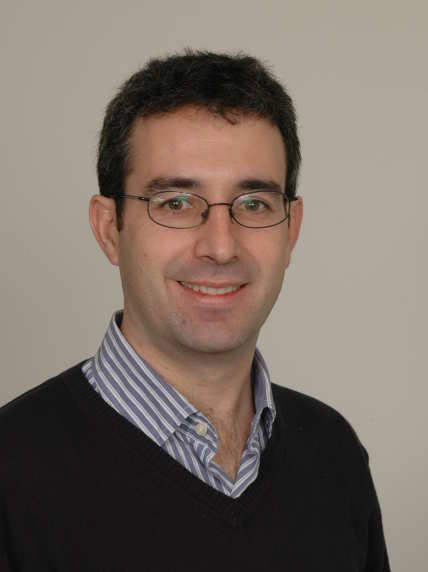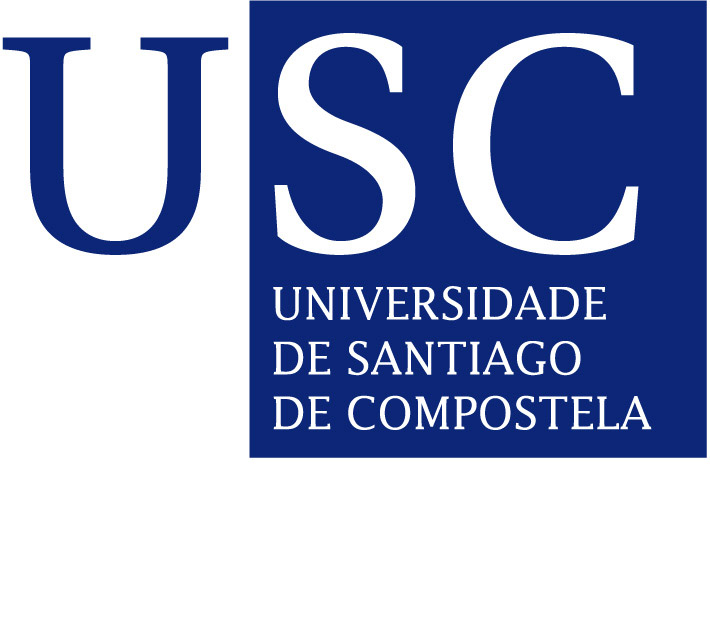Lecture: «Imaging quadruplex DNA with small molecules»

 With the mounting evidence that non-canonical DNA structures play key biological roles, there is considerable interest in developing optical probes that can selectively detect and image specific DNA structures and topologies. In particular, over the past few years there has been increasing interest in studying guanine-quadruplex DNA. These quadruply-stranded nucleic acids have been proposed to play important biological roles as well as being potential targets for the development of anticancer drugs.
With the mounting evidence that non-canonical DNA structures play key biological roles, there is considerable interest in developing optical probes that can selectively detect and image specific DNA structures and topologies. In particular, over the past few years there has been increasing interest in studying guanine-quadruplex DNA. These quadruply-stranded nucleic acids have been proposed to play important biological roles as well as being potential targets for the development of anticancer drugs.
This lecture will discuss the development of a series of organic and metal-organic probes that can be successfully used to target and image quadruplex DNA. Our initial studies centred around platinum-based probes that ‘switch on’ their emission upon interaction with DNA. More recently we have developed a series of polyaromatic molecules which have the ability to discriminate between different DNA topologies by time resolved emission studies.
The ability of one of these optical probes to act as a live cell fluorescent probe has been explored by confocal microscopy and Fluorescence Lifetime Imaging (FLIM). These studies have provided important insight s into the presence of G-quadruplexes DNA in life cells and their targeting by small molecules.
About the speaker
Dr. Vilar, EPSRC Leadership Fellow and co-director of the MRes course in Bioimaging Sciences at Imperial College London, is a professor of Medicinal Inorganic Chemistry at Imperial College London and heads a group of 15 postdoctoral associates/postgraduate students doing research in various aspects of medicinal chemistry (aimed at developing anti-cancer drugs), chemical biology, supramolecular chemistry and molecular imaging (e.g. development of probes for MRI and PET imaging).


